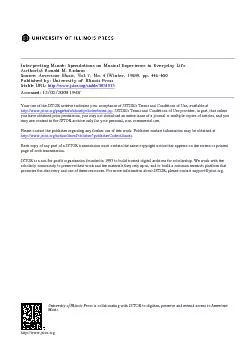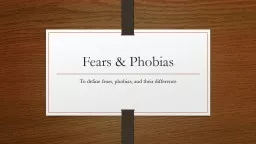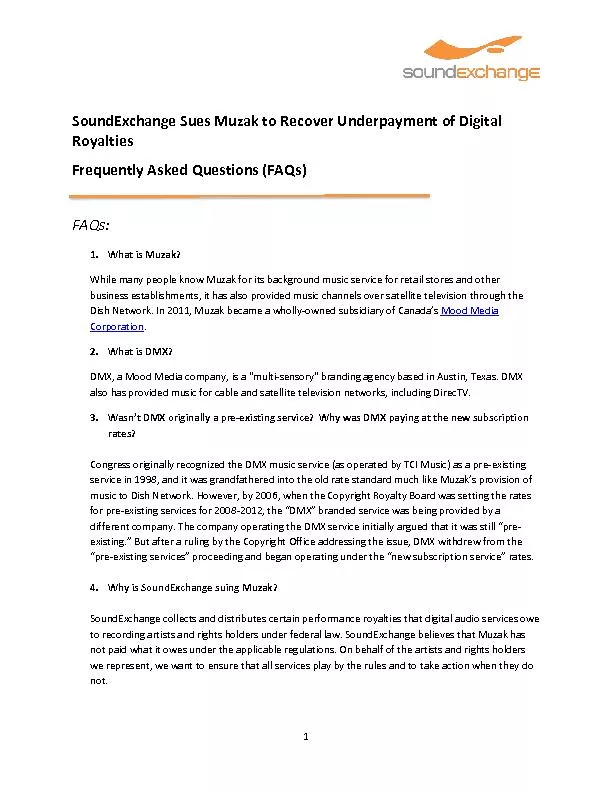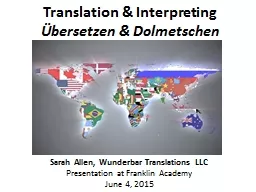PDF-Interpreting Muzak as fears of the technocracy and rejection of tradit
Author : ellena-manuel | Published Date : 2015-09-11
Interpreting Muzak A brief look at a typical programmed recording will show how these qualities of anonymity are expressed in the musical work Bruce John stons I
Presentation Embed Code
Download Presentation
Download Presentation The PPT/PDF document "Interpreting Muzak as fears of the techn..." is the property of its rightful owner. Permission is granted to download and print the materials on this website for personal, non-commercial use only, and to display it on your personal computer provided you do not modify the materials and that you retain all copyright notices contained in the materials. By downloading content from our website, you accept the terms of this agreement.
Interpreting Muzak as fears of the technocracy and rejection of tradit: Transcript
Download Rules Of Document
"Interpreting Muzak as fears of the technocracy and rejection of tradit"The content belongs to its owner. You may download and print it for personal use, without modification, and keep all copyright notices. By downloading, you agree to these terms.
Related Documents














